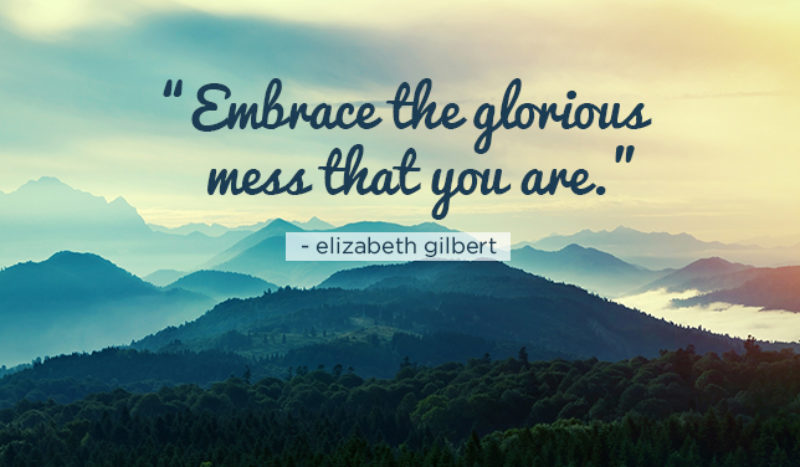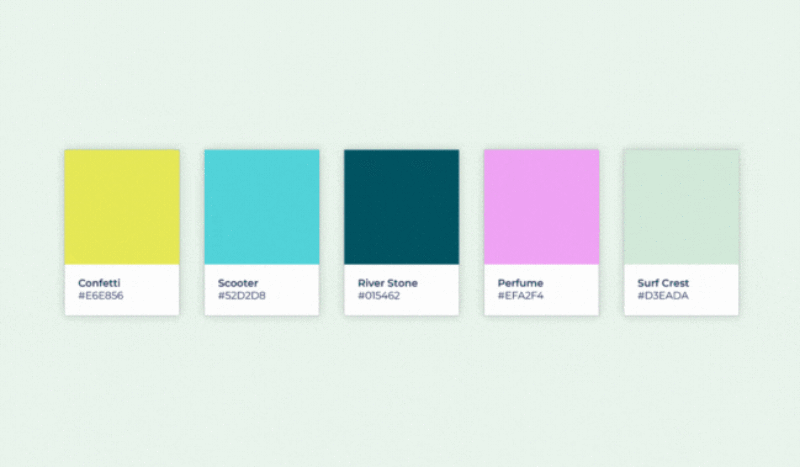My name is Laura, and I’m a graphic designer here at Points North. I have been designing for sixteen years, and it has been quite a journey. When I first dabbled in design, it was on my high school newspaper staff doing layouts and “making” business card-sized ads for our sponsors. At the time, I did not define it as designing, and honestly, I didn’t realize it was something that could become my career. Then, my process for designing a logo was simple: place some kind of graphic that represents the business next to the organization’s name and pick a couple of colors, and voila! My logo was made! And though I would like you to think creating a logo is that simple, there is much more to it.
“The logo is an identifier, but it’s also something that stands in for who you are.”
-Steven Heller, Art Director
Getting Started
So, how does one pack so much information into a single mark, a symbol that defines not only the company’s purpose and mission statement but the people behind it?
These days, there’s a method to my designing madness, and a lot of thought goes into it. Yes, there are times when I sit with my sketch pad or stare at my computer screen clicking around having a creative block. But more frequently, there are times when I sit down, and things just flow. As with all skills, practice makes perfect and over the years, I’ve found a process that works for me. Today I am pulling back the curtain to share the steps I take before I execute that polished symbol that represents an entity.
Doing the research
First, I learn as much as I can about my client. I’ve found the best place to start is by reviewing the brief. A creative brief takes the ambiguity out of projects. This document provides direction from the client about where they want to go. It can sometimes feel like an interview between the agency or designer and the business they’re serving. From a birds-eye view, a brief summarizes the background of the organization. The document can also include details such as a company’s mission statement, the demographic they’re wanting to reach, the messaging they want to convey, and the overarching goals of the organization.
These are all helpful things to keep in mind when bringing the essence of a business into a visual representation. Not only does it help you get an idea of how the client is positioned and their mindset, but it also helps the designer set boundaries so that they can narrow their creative focus.
If the company is in the conception stages meaning they have a name and idea of what they want to do but lack the formalities of a mission statement, etc., there are a couple of things I need to know to before I can get started:
- Who is their target audience?
- What companies are their competitors?
Investigating and asking the right questions
Once I have gathered this information, it’s time to investigate! This step kicks off the discovery phase, also known as the competitor analysis. So, let’s say I’m working with a hair salon. During this phase, I will find out what the logo for all the other local salons looks like because these are my client’s direct competitors. I want to ensure the logo I am creating stands out and doesn’t get mistaken for another business, or worse yet, another entity feels like I’ve cheated them of their originality.
If it is an industry that I have not worked with…mechanics, for example…this kind of research also helps me learn how brands within that realm share their values with their consumers in a visual sense. During this time, I pay special attention to the details and take note of the following:
- What colors am I seeing?
- What fonts are present?
- What is the overall look and feel of various businesses within the spectrum?
Often, common themes arise. Making these observations helps define boundaries for the logo I want to produce.
Deep diving into the industry
Whether I am working within a familiar industry or it’s a field that is brand new to me, I find it super helpful to go to these businesses’ websites, social media accounts, etc and screenshot their logos and then place them together on a page. After doing this, I expand my search (usually nationwide or even internationally) to see what is out there and place screenshots of logos on a page once more. I find putting the screenshots next to each other is the easiest way to notice details. I will then spread them out across a page left to right from basic to complex to keep my document organized.
I classify a basic logo as a simple, text-only wordmark, whereas a complex logo may incorporate negative space into the typography that creates a shape with direct ties to the businesses’ mission or lean heavily on illustration. Other grouping examples would be pictural marks, emblems, etc. This can all vary depending on what industry you’re working with. You never know what you’re going to find, but one thing is guaranteed: this step gets the creative juices flowing!
The beauty of researching first
Reflecting on my early design days, I would create various logos incorporating every style imaginable and then show them to the client. Since I have integrated research into my practice, I share my findings with the client. Then I present a few of the polished concepts I created. This process helps the entity understand how my ideas came to fruition. Better yet, it shows the client that I invested time to educate myself about their industry and helps them understand how their logo sits amongst competitors. This process is also beneficial because it allows space for conversations regarding colors, style, etc. As a designer, I feel more confident in my positioning and choices since I have taken the time to dive into the industry and have the resources available to support my decisions.
Word webs and mood boards
Now for the word web. For this, I think about my client’s customers and begin jotting down words that I associate with that demographic. It can be helpful to make this list in Microsoft Word or a similar program that provides instant access to synonyms, but placing a pen to paper can be beneficial, nonetheless. Once I am at a stopping point, I examine the list and pick 2-4 words that I feel most closely align with what the message my client wants to convey, and then make a word web for each of those. This process allows for a different type of brainstorming; sometimes my word webs include objects related to the words or even colors that I feel relate to the overall messaging. Finally, I look for commonalities. Are there any themes repeated amongst these exercises? Usually, there are.
Following the word web is a mood board. Circling back to the salon example earlier, if one of my word webs centered around what came to mind when I heard the word style, I would go to google and see what look-and-feel is happening in the beauty or fashion industry. I would then check websites such as Dribbble and Behance to see what other creatives have made for additional inspiration. Like the process I had when I researched competitor logos, I make another page of screenshots with my findings that connect back to my discovery phase and my client. Again, I look for graphic themes and categorize them.
What comes next?
Well, creating the logo! But we’ll conquer that another day. Hopefully, this synopsis provided you with a behind-the-scenes look at what goes into a logo before designing.


